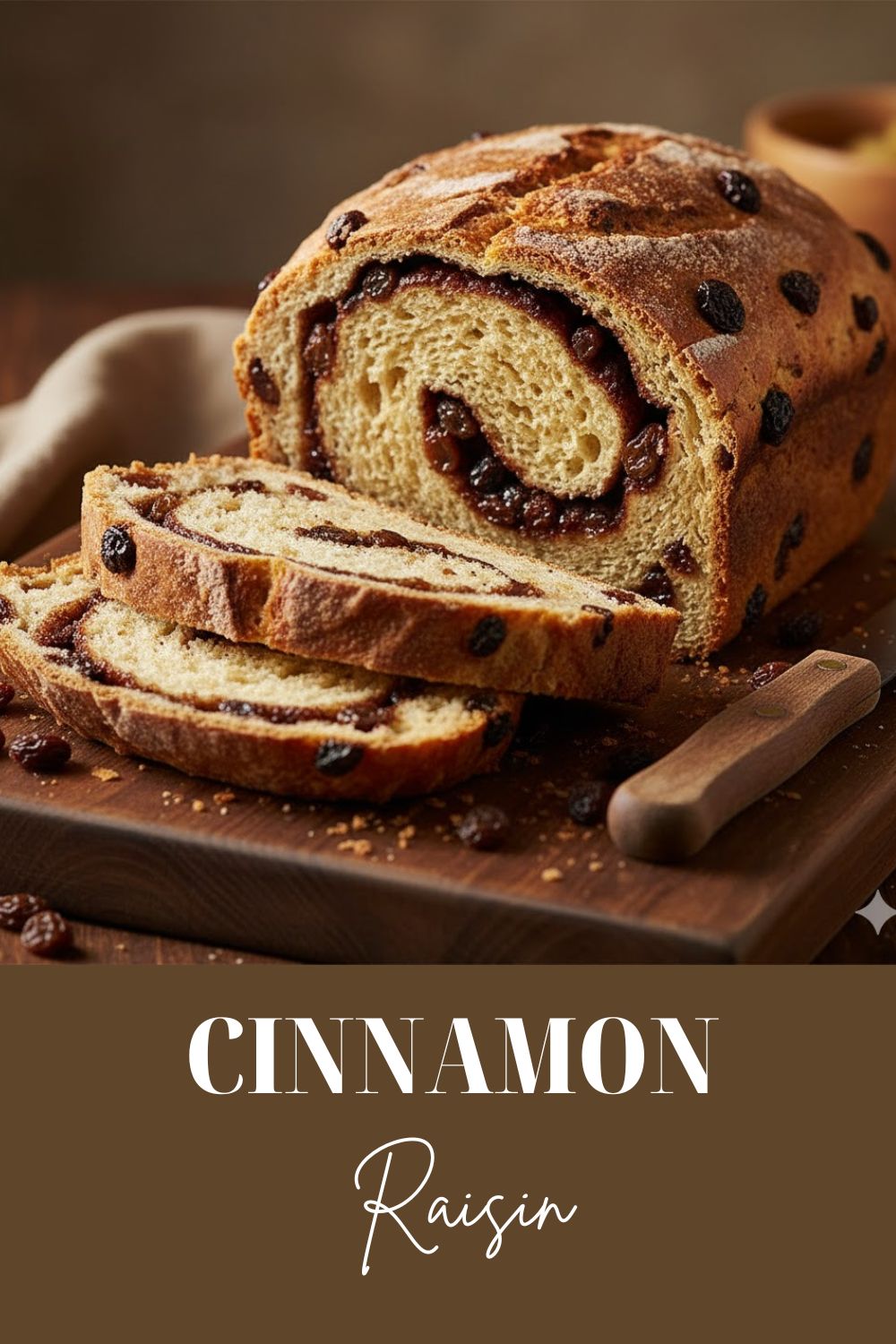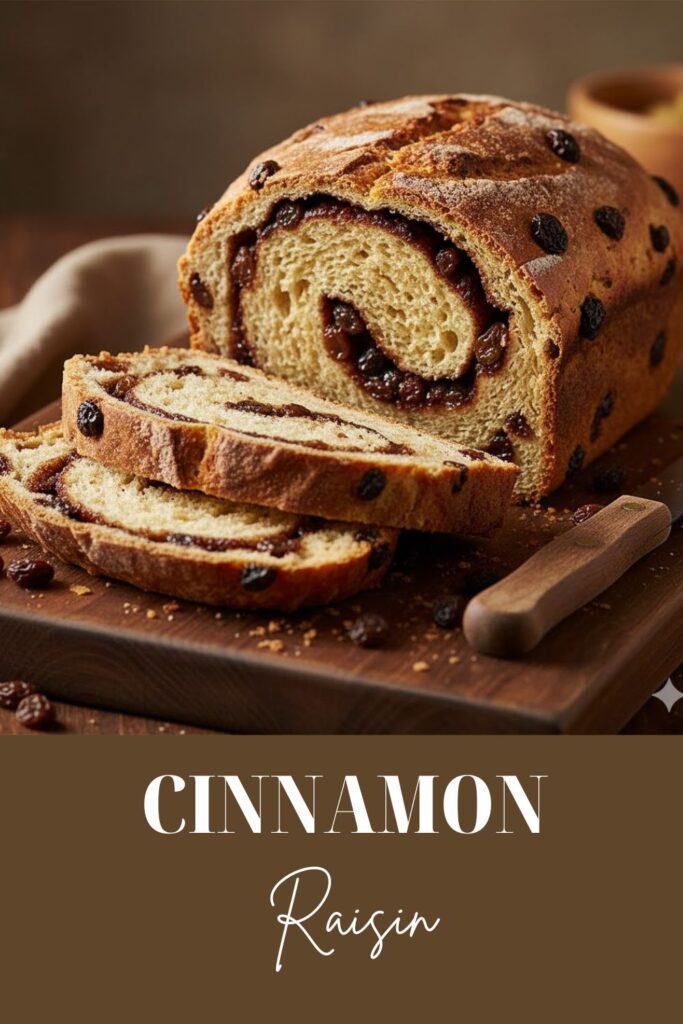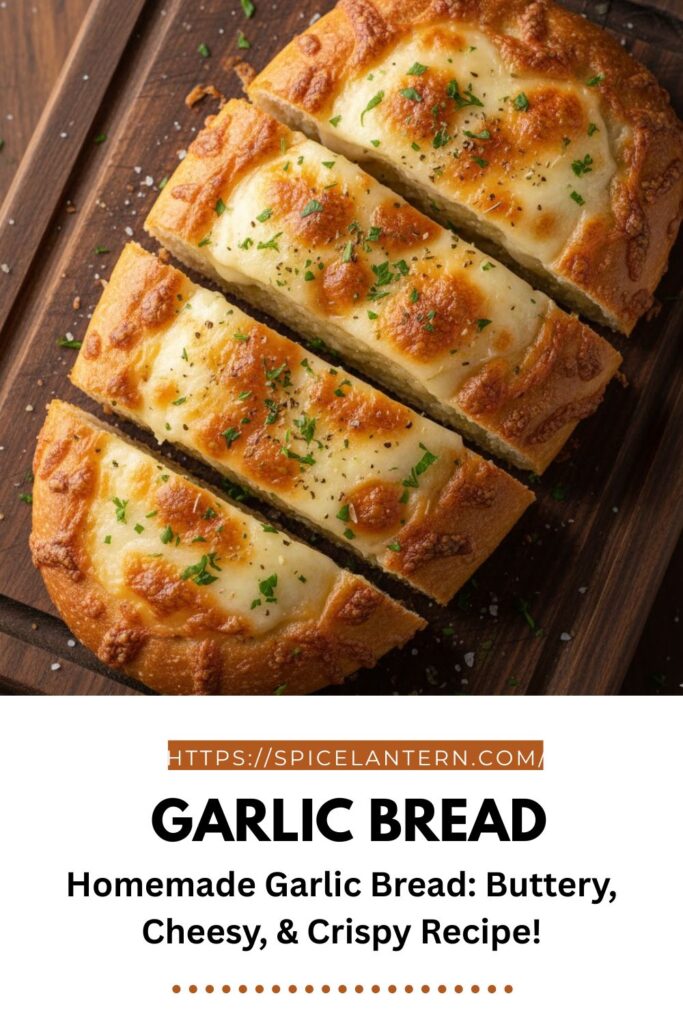Ditch the Cardboard: The Ultimate Homemade Dinner Rolls That Will Ruin Store-Bought Bread Forever
Let’s cut the pleasantries. Have you ever been to a dinner party where the host proudly unveils a basket of Dinner rolls—and they’re clearly from a bag? Those pale, squishy, vaguely sweet apologies for bread? They’re fine, I guess, if your goal is mediocrity. But your goal isn’t mediocrity, is it? Your goal is to serve food that makes people slightly emotional.
I’m here to tell you that homemade bread is not the terrifying, hours-long endeavor your anxiety tells you it is. This is the Ultimate Homemade Dinner Rolls recipe, and it’s practically magic. It yields rolls that are impossibly soft, richly buttery, and so light you could almost breathe them in.
This recipe will not only rescue your next holiday table but also permanently destroy your ability to enjoy any store-bought roll ever again. Are you ready for that responsibility? Because once you go homemade, there’s no turning back.
Why These Rolls Are Your New Culinary Superpower
These are not just bread; they are little clouds of buttery delight. Here’s why this recipe earns its spot in your forever file.
First, The Unmatched Texture. We use enriched dough, which means lots of butter, milk, and a bit of sugar. These ingredients don’t just add flavor; they actively inhibit gluten development, resulting in that unbelievably soft, fluffy, melt-in-your-mouth crumb. You want soft? You get clouds.
Second, The Make-Ahead Flexibility. Planning a big dinner is stressful enough without adding “bake bread” to the last-minute list. You can prep the dough the night before, let it do its first slow rise in the fridge, and then shape and bake the next day. TBH, the slow, cold rise actually improves the flavor!
Third, The Finishing Move. The secret to the golden crust and even more decadent flavor? A generous slather of melted butter and maybe some flaky salt the second they leave the oven. It seals in the moisture and adds a glorious shine. This simple step separates the professionals from the… well, from the people still buying rolls in a bag.
The Essential Ingredients for Soft Rolls
Every ingredient here plays a vital role. Measure accurately, please—baking is chemistry, not vibes!
- 4 to 4 ½ cups All-Purpose Flour: Use good quality flour. We want fluffy, not dense.
- 1 packet (2 ¼ teaspoons) Instant Yeast: Instant yeast is your friend; no need to proof it separately.
- ¼ cup Granulated Sugar: Just enough sweetness to balance the richness.
- 1 teaspoon Fine Sea Salt: Essential for controlling the yeast and, of course, flavor.
- 1 cup Whole Milk: Warmed slightly. Whole milk adds richness and tenderness. Substitution: 2% or even a rich plant-based milk (like oat) works, but whole milk is superior.
- ½ cup (1 stick) Unsalted Butter: Melted and cooled slightly. This is non-negotiable for softness.
- 1 Large Egg: At room temperature. This adds richness, color, and helps structure.
- 2 tablespoons Melted Butter (for brushing): For the glorious final step.
Tools That Will Save Your Arms and Your Sanity
Bread-making is therapeutic, but nobody wants Popeye forearms. Invest in these!
- Stand Mixer with Dough Hook: The ultimate time and arm saver. You can absolutely knead by hand, but the dough hook does a perfect job.
- Kitchen Scale: Crucial for accurate flour measuring. Volume measurement is the #1 cause of dry, dense dough. Seriously, buy the scale.
- Liquid Measuring Cup and Dry Measuring Cups/Spoons: For everything else.
- Small Saucepan or Microwave-safe Bowl: For melting the butter and warming the milk.
- Large Mixing Bowl: Greased, for the first rise (bulk fermentation).
- 9×13-inch Baking Dish: Greased, for baking the rolls close together (which makes them soft pull-aparts).
- Bench Scraper or Knife: For dividing the dough evenly.
- Pastry Brush: For slathering on that buttery finishing shine.
Your Step-by-Step Path to Buttery Glory
Stay calm and trust the yeast. It knows what it’s doing.
H3: Step 1: Activate the Magic
- Gently warm the 1 cup of whole milk until it’s lukewarm (about 105°F to 110°F). If it’s too hot, you’ll kill the yeast. If you can comfortably hold your finger in it for 10 seconds, you’re good.
- In the bowl of your stand mixer (or a large mixing bowl), pour the warm milk. Add the instant yeast and granulated sugar. Stir gently once, and let it sit for 5-10 minutes. You should see it get foamy—that’s your yeast telling you it’s alive and ready to work.
H3: Step 2: Mix the Enriched Dough
- Add the cooled melted butter, the room-temperature egg, and the salt to the foamy yeast mixture.
- Add 4 cups of the all-purpose flour. Start mixing on the lowest speed with the dough hook. Once it comes together, increase the speed to medium-low.
- Knead the dough for 6-8 minutes. The dough should pull away cleanly from the sides of the bowl, feel soft and slightly tacky (it should stick lightly to your finger, but not glue itself on), and be very smooth. If it’s too sticky after 5 minutes, add the remaining flour one tablespoon at a time.
H3: Step 3: The First Nap (Bulk Fermentation)
- Lightly grease a large bowl with oil or a bit of melted butter.
- Form the dough into a smooth ball and place it in the greased bowl, turning it once to coat.
- Cover the bowl tightly with plastic wrap or a kitchen towel. Place it in a warm, draft-free spot (I like to use a barely-warm oven with the light on) and let it rise until it has doubled in size—this usually takes 1 to 1.5 hours.
H3: Step 4: Divide and Shape
- Gently punch the risen dough down to “deflate” it.
- Turn the dough out onto a clean, unfloured surface. This gives you the resistance you need to shape tight balls.
- Divide the dough into 12 equally sized pieces. Pro Tip: Weigh the whole ball, divide that weight by 12, and weigh each piece for perfectly uniform rolls.
- Take each piece and pinch the edges underneath while rolling it against the counter to create a smooth, tight ball. This smooth surface ensures a perfect shape.
H3: Step 5: The Second Nap (Proofing)
- Grease your 9×13-inch baking dish. Arrange the 12 dough balls close together in the dish. Placing them close together is what creates those soft, tear-apart sides we love.
- Cover the dish loosely with plastic wrap or a kitchen towel. Let the rolls rise for a second time in a warm spot for about 30-45 minutes. They should look noticeably puffy and should be touching each other.
- Preheat your oven to 375°F (190°C) during the last 10 minutes of this rise.
H3: Step 6: Bake and Finish
- Bake the rolls for 18-22 minutes. They are done when the tops are deeply golden brown and they sound hollow when gently tapped.
- Remove them from the oven. IMMEDIATELY brush the tops generously with the 2 tablespoons of reserved melted butter. Sprinkle with a little flaky sea salt if you’re feeling fancy.
- Let them cool for 5 minutes, then pull them apart and devour.
Estimated Calories & Nutritional Info
You are eating butter and carbs, and you are going to enjoy every second of it. This is a treat, not a salad.
- Serving Size: One Dinner Roll (based on 12 rolls per batch).
- Estimated Calories: Approx. 180-200 kcal
- Carbohydrates: Approx. 25-30g
- Protein: Approx. 5g
- Fat: Approx. 7-10g (Enriched dough is fatty, that’s the point!)
- Note: This recipe is vegetarian. The rolls contain wheat, dairy, and eggs. Use these details to inform guests with dietary restrictions.
Common Mistakes to Avoid (The Bread Blunders)
Bread baking is a science. Don’t sabotage your beautiful dough with these slips.
H3: The Cold Shoulder
The Mistake: Using cold ingredients, especially milk and eggs, straight from the fridge. The Result: Cold ingredients drop the overall dough temperature, slowing down the yeast so much that the rolls take hours to rise, or sometimes don’t rise at all. The Fix: Bring the egg to room temperature (a quick soak in warm water helps), and gently warm the milk to the required temperature.
H3: Too Much Flour Fiasco
The Mistake: Measuring flour by volume (scooping from the bag) instead of by weight, or continually adding flour while kneading because the dough feels “sticky.” The Result: Over-floured, dry dough that leads to a dense, tough, heavy roll. The opposite of fluffy! The Fix: Use a kitchen scale! And remember that enriched dough should always be soft and slightly tacky—it should not be firm and dry.
H3: The Yeast Homicide
The Mistake: Using liquid that is too hot (over 120°F) for the yeast. The Result: You killed the yeast. It’s dead. Your dough will not rise. The Fix: Use a thermometer to check the liquid temperature. Aim for 105°F to 110°F. If you can’t hold your finger in it comfortably, it’s too hot.
Variations & Customizations
Once you master the basic roll, you can start getting a little crazy.
H3: Garlic & Herb Pull-Aparts
Before the second rise (Step 5), melt the finishing butter and mix it with 2 cloves of minced garlic, 1 tablespoon of chopped fresh parsley, and a pinch of dried oregano. Brush the tops of the shaped rolls with this mixture before baking. Brush again with plain melted butter when they come out of the oven.
H3: Honey Wheat Rolls
Replace 1 cup of the All-Purpose Flour with Whole Wheat Flour. Swap the granulated sugar for ¼ cup of honey (reduce the milk by 1 tablespoon to compensate for the liquid honey). This gives you a slightly healthier, nuttier roll with a lovely, subtle sweetness.
H3: Cheesy Provolone Knots
After the first rise (Step 3), roll the dough out and divide it into 16 pieces instead of 12. Roll each piece into a 6-inch rope and tie it into a knot. Before the second rise, gently push small cubes of provolone cheese into the top of each knot. Brush with an egg wash before baking for a savory, golden-brown crust.
Your Burning Roll Questions, Answered
Let’s answer the questions that keep bakers up at night.
H3: How are dinner rolls different from sandwich bread?
Dinner rolls are typically an enriched dough—meaning they contain fat (butter), milk, and sometimes sugar and egg. These ingredients inhibit gluten development and keep the rolls smaller, softer, and tender. Lean sandwich bread focuses on gluten development for structure and chew.
H3: Why aren’t my homemade dinner rolls fluffy?
The most likely culprits are: 1. Too much flour (use a scale!). 2. Not enough kneading (the dough wasn’t smooth and elastic). 3. Not enough rising time (the yeast needed more time to produce gas).
H3: Can I use active dry yeast instead of instant yeast?
Yes, but you need to change the first step. Proof active dry yeast by dissolving it in the warm milk and sugar for 10 minutes before adding the other wet ingredients and flour. Instant yeast can usually be added directly with the flour.
H3: How can I make my rolls ahead of time?
You have two great options: 1. After the first rise, punch the dough down, place it in an oiled bowl, and refrigerate overnight. The next day, let it warm up for 30-45 minutes, then proceed with shaping. 2. Bake them completely, let them cool, and freeze them. Reheat thawed rolls covered in foil in a 350°F oven until hot.
H3: Why do I need to warm the milk?
Warm milk (105°F to 110°F) creates the ideal environment to activate the yeast quickly. Too cold, and the yeast is sluggish. Too hot, and the yeast dies. The warmth speeds up fermentation, giving you a beautiful rise.
H3: Should I bake the rolls close together or far apart?
Bake them close together in a 9×13-inch pan! This minimizes the crust and yields those wonderfully soft, tear-apart sides that everyone loves. If you bake them far apart on a sheet pan, they will develop crusty edges all around.
H3: How do I store leftover dinner rolls?
Store fully cooled rolls in an airtight container or zipper-lock bag at room temperature for up to three days. To refresh them, wrap them loosely in foil and warm them in a 300°F oven for a few minutes—they’ll taste like they just came out of the oven!
Final Thoughts (The Baker You Were Meant to Be)
You’ve conquered the myth of complicated bread. You now possess the power to create pillowy, buttery Dinner rolls that will make your house smell incredible and your guests weep with joy. This is your legacy, and it smells like yeast and melted butter.
Go bake these, post the results, and enjoy every single tear-apart, buttery bite. I dare you to try a store-bought roll after this. You won’t be able to do it.







